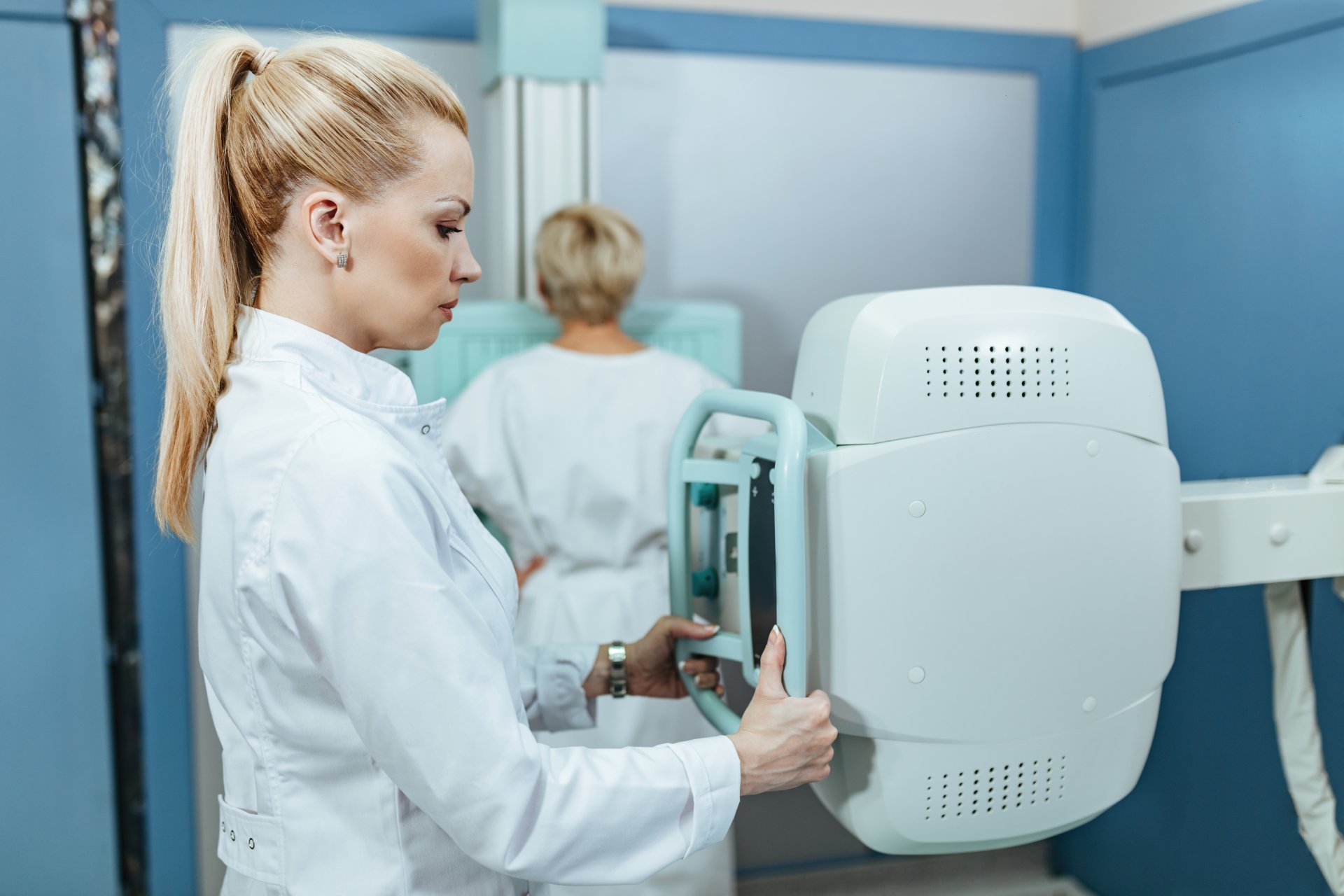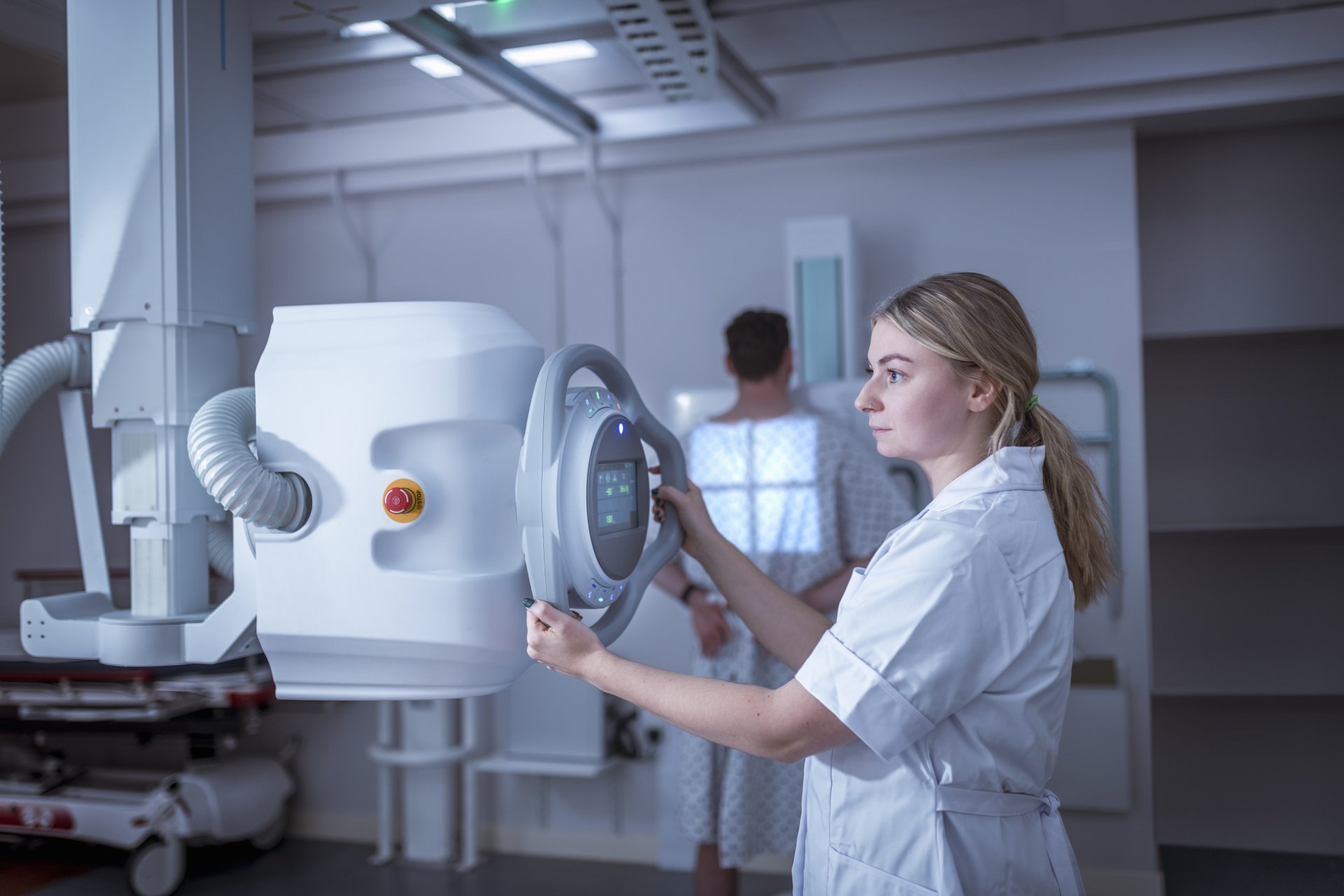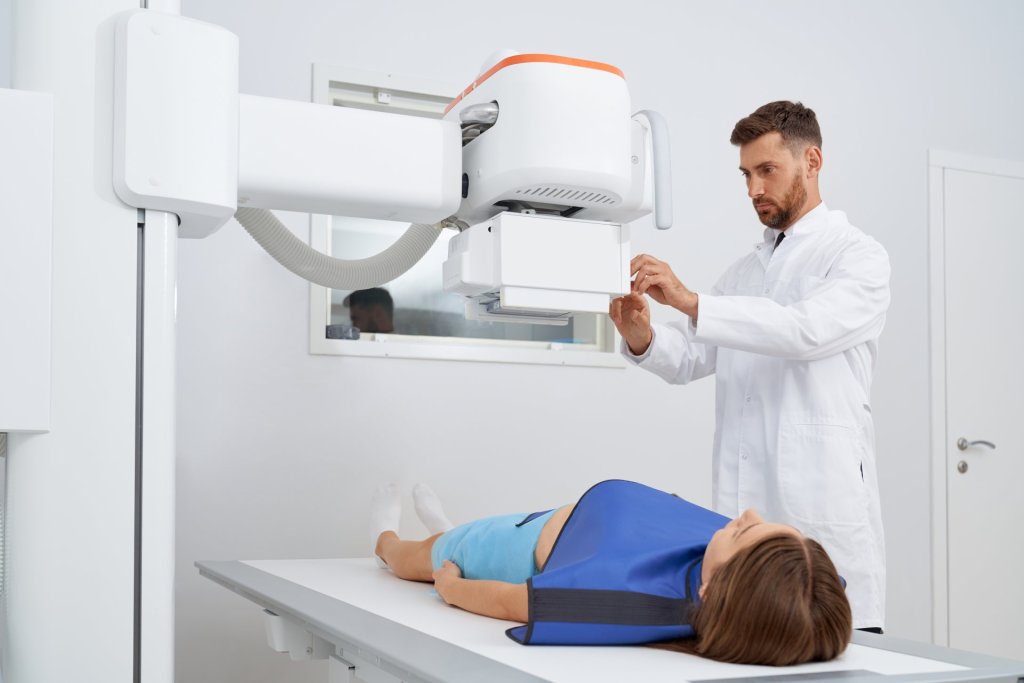Radiologic technologists, sometimes referred to as “rad techs” or radiographers, are vital members of the healthcare team responsible for producing diagnostic images of patients' internal structures using various imaging technologies. Becoming a radiologic technologist requires a combination of education, training, certification, and licensure. In this comprehensive guide, we will explore the key responsibilities of a radiologic technologist, the educational pathways to enter this field, licensing exams, the difference between a radiologic technologist and an MRI technologist, and state licensing requirements.
Key responsibilities of a radiologic technologist
Radiologic technologists perform a wide range of duties essential to the diagnosis and treatment of medical conditions. Some of their key responsibilities include:
- Operating Imaging Equipment. Radiologic technologists are trained to use equipment such as X-ray machines, computed tomography (CT) scanners, and fluoroscopy machines to capture diagnostic images.
- Positioning Patients. Before imaging procedures, radiologic technologists position patients correctly to ensure optimal image quality and patient comfort.
- Radiation Safety. Radiologic technologists follow strict safety protocols to minimize radiation exposure to themselves and patients.
- Collaboration. They work closely with radiologists and other healthcare professionals to obtain and interpret diagnostic images accurately.
- Record Keeping. Radiologic technologists maintain detailed records of procedures performed and patient information.

How to become a radiologic technologist
Educational pathways
Most radiologic technologists complete an accredited educational program in radiography, which can lead to an associate degree or a bachelor's degree. However, an associate degree is the most common educational route. These programs cover subjects such as anatomy, patient care, radiation physics, medical imaging techniques, and radiation protection. To ensure you’re on the right path to certification with the American Registry of Radiologic Technologists (ARRT), make sure your institution of choice is properly accredited.
Rad tech educational programs typically take between two and four years to complete, assuming the student is attending school full-time. Students who attend part-time due to an existing career or other obligations may take longer to finish their education. Internships are sometimes required as a part of the curriculum and may be more time-consuming than a typical class schedule. Clinical internships provide hands-on experience working with patients and imaging equipment under supervision.
Certification
After completing an accredited program, aspiring radiologic technologists must pass a national certification exam, such as the one administered by the American Registry of Radiologic Technologists (ARRT). This exam assesses knowledge and competency in radiologic technology principles and practices.
The ARRT offers accreditation and exams for a variety of allied professions, including sonographers and MRI techs. However, aspiring rad techs most often take the ARRT radiology exam for their certification. To become certified, candidates must meet educational, ethical, and exam requirements. Over 330,000 professional technologists currently hold ARRT credentials.
A Registered Technologist (RT) certification through ARRT must be renewed annually. Renewal requirements include biennial Continuing Education (CE), which includes self-study, online classes, and in-person training. An RT’s CE requirements must be complete to be eligible for credential renewal.
State licensing
In addition to national certification, some states require radiologic technologists to obtain state licensure to practice. Licensing requirements vary by state but may include completing additional education or training, passing a state-specific exam, and fulfilling continuing education requirements to maintain licensure.
Rad techs vs. MRI techs
While both radiologic technologists and MRI technologists work with medical imaging equipment, there are some key differences between the two roles:
Radiologic technologist: Radiologic technologists use X-ray, CT, and fluoroscopy machines to produce images of bones, organs, and tissues. They work in various healthcare settings, including hospitals, clinics, and imaging centers.
MRI technologist: MRI technologists specialize in magnetic resonance imaging (MRI) technology, which uses magnetic fields and radio waves to produce detailed images of the body's internal structures. MRI technologists require additional training specific to MRI technology and typically work in hospitals or imaging centers with MRI machines.

Rad tech: The right allied career for you?
Becoming a radiologic technologist offers a rewarding career path in healthcare, with opportunities for professional growth and advancement. By completing an accredited educational program, passing a certification exam, and obtaining state licensure if required, aspiring radiologic technologists can embark on a fulfilling career dedicated to improving patient care through medical imaging.
Find the perfect allied health job with Prolink
Kickstart a rewarding career as a rad tech with Prolink. A team of dedicated recruiters will guide you through the whole process, from your job search to accreditation to onboarding, putting your needs first every step of the way. Search allied health jobs through Prolink now to get started.









